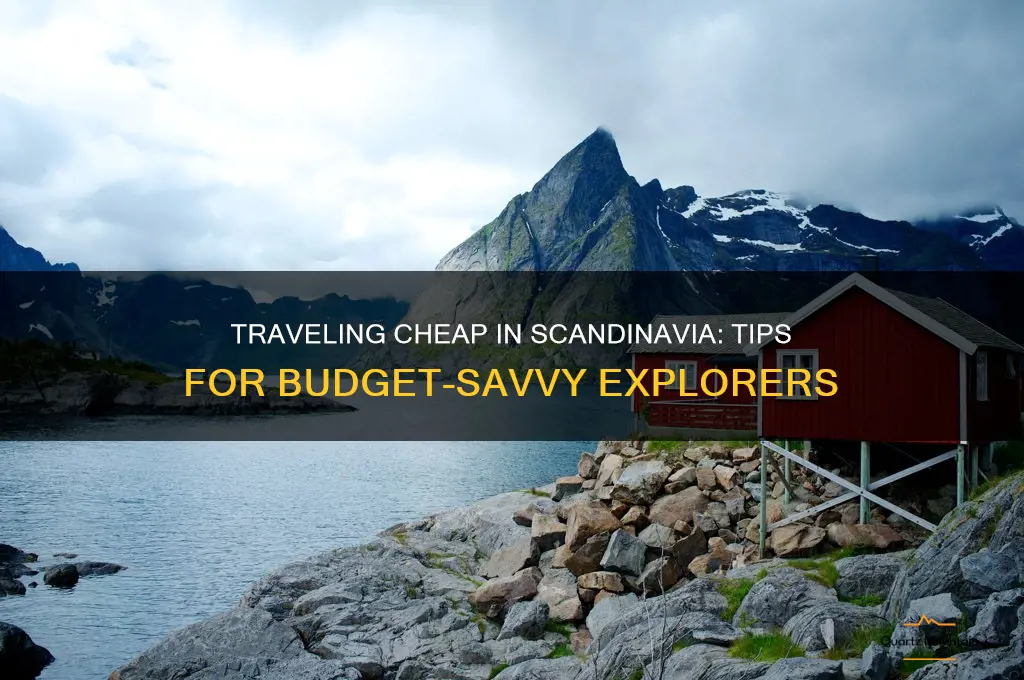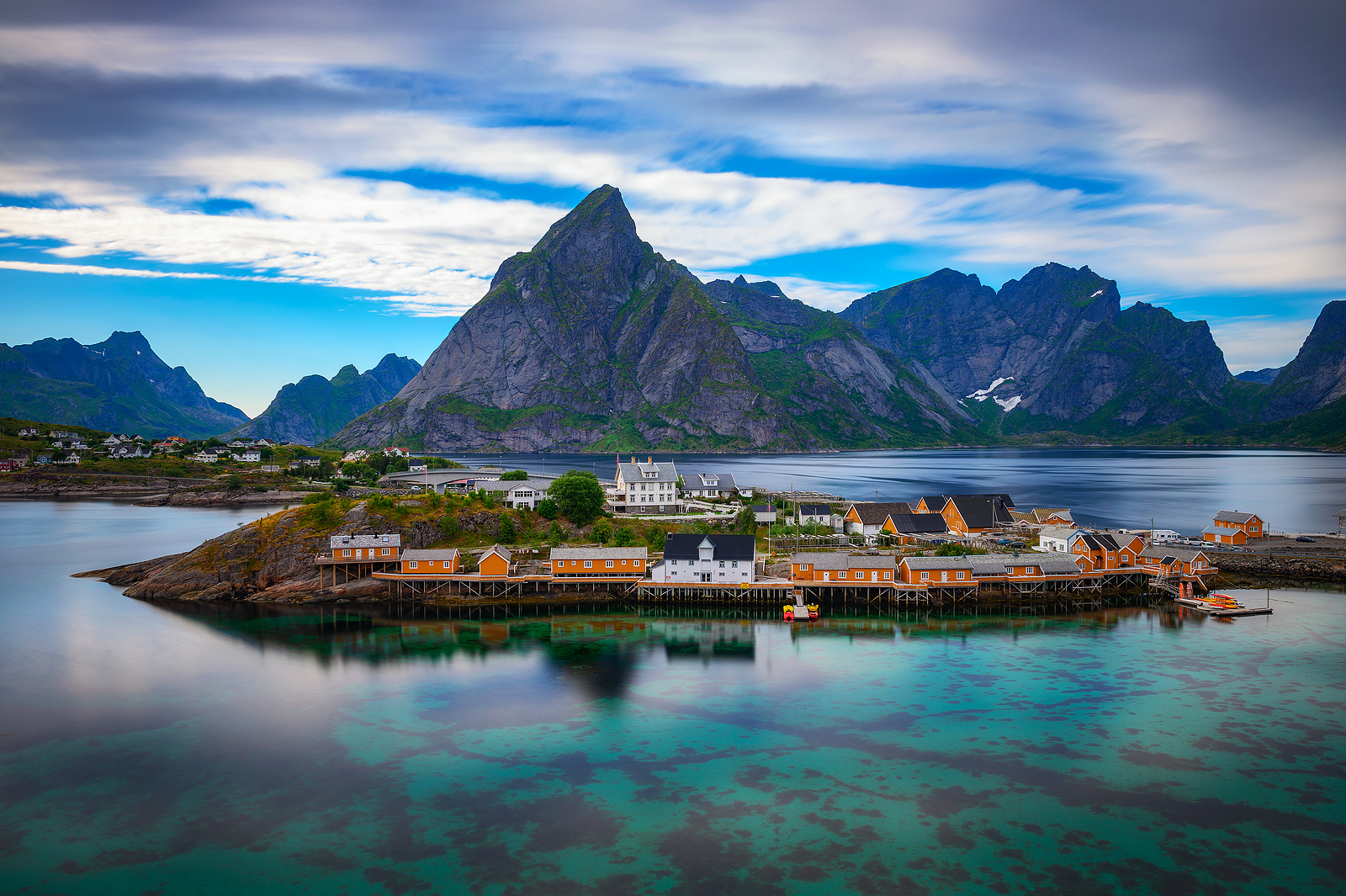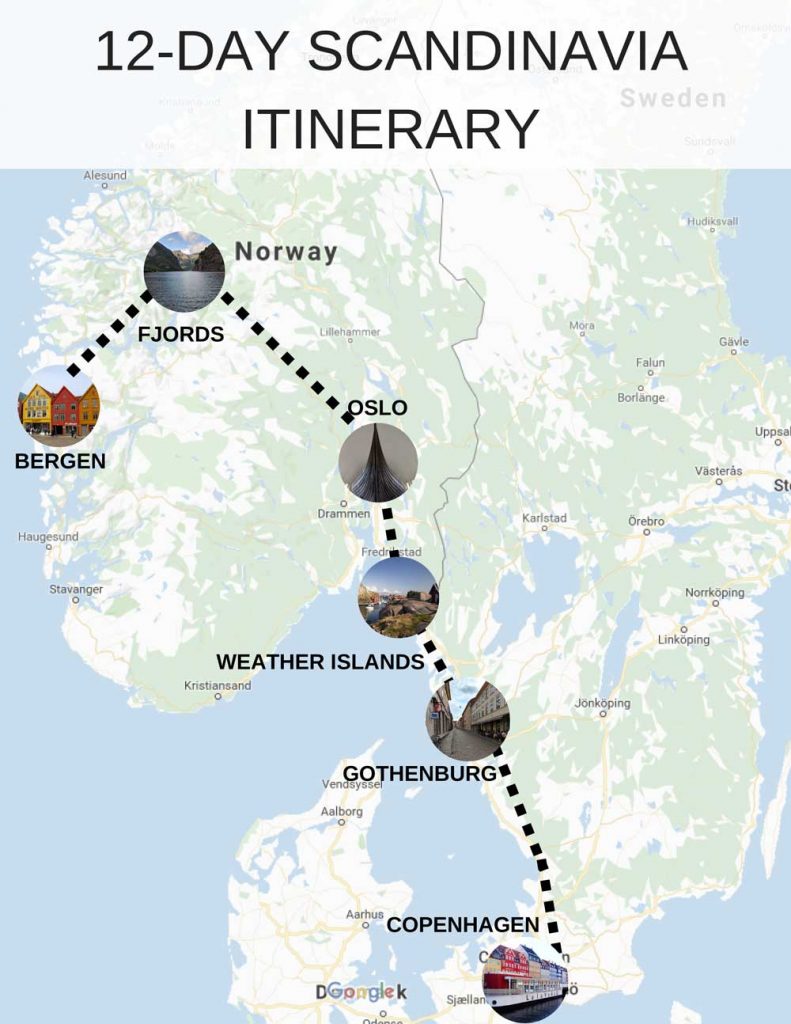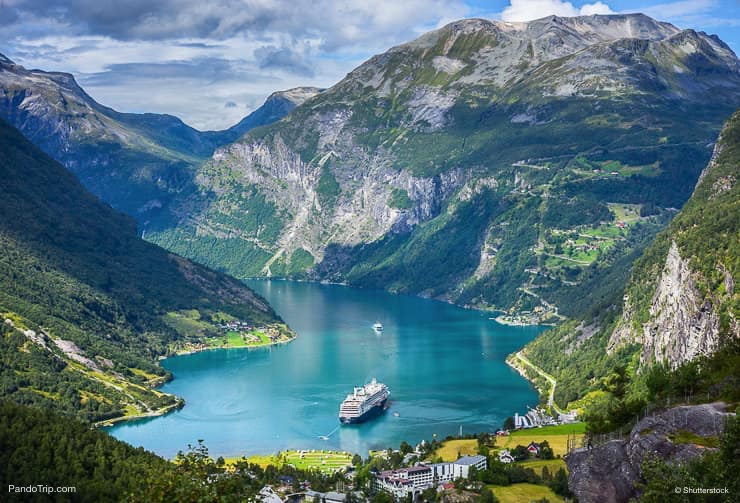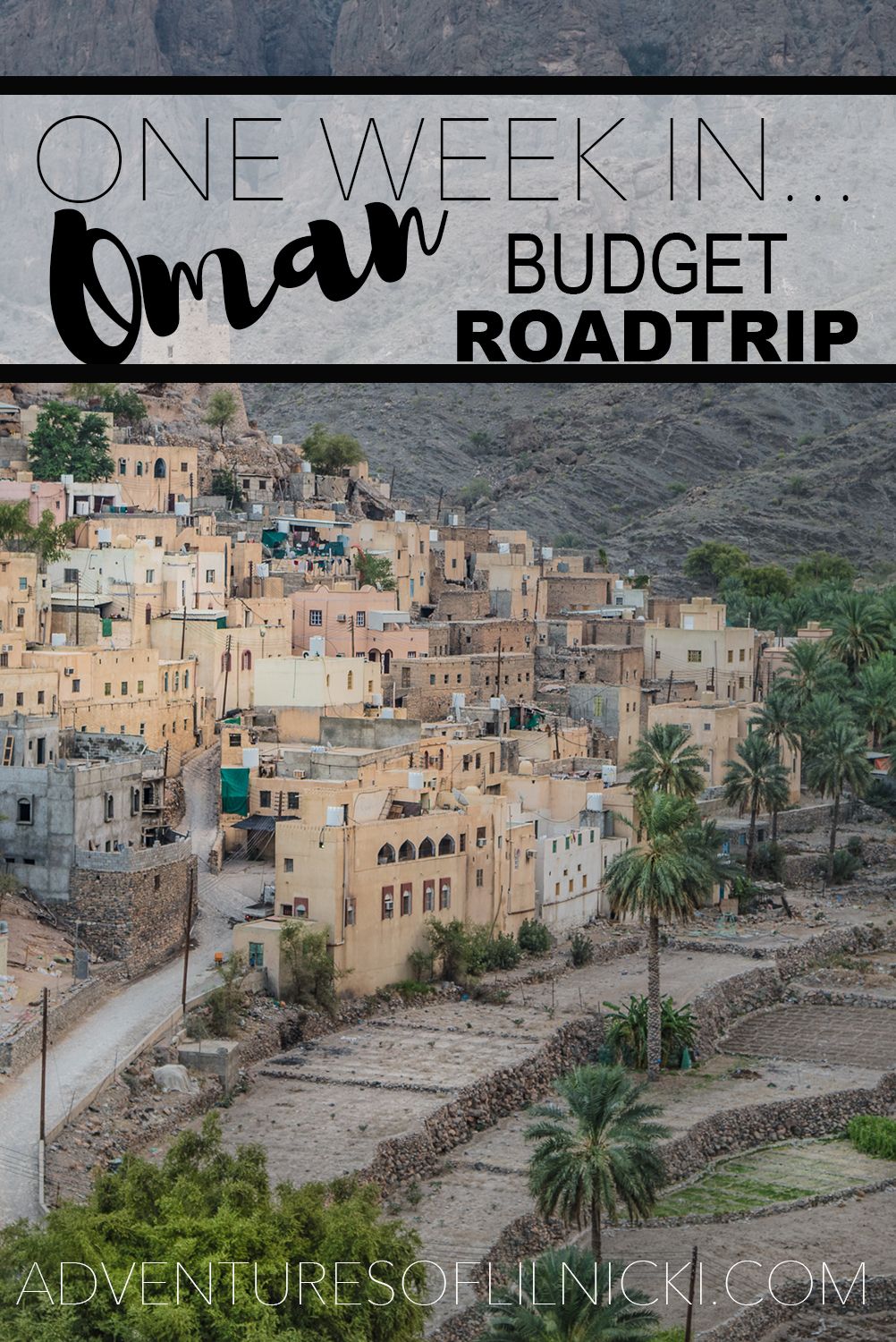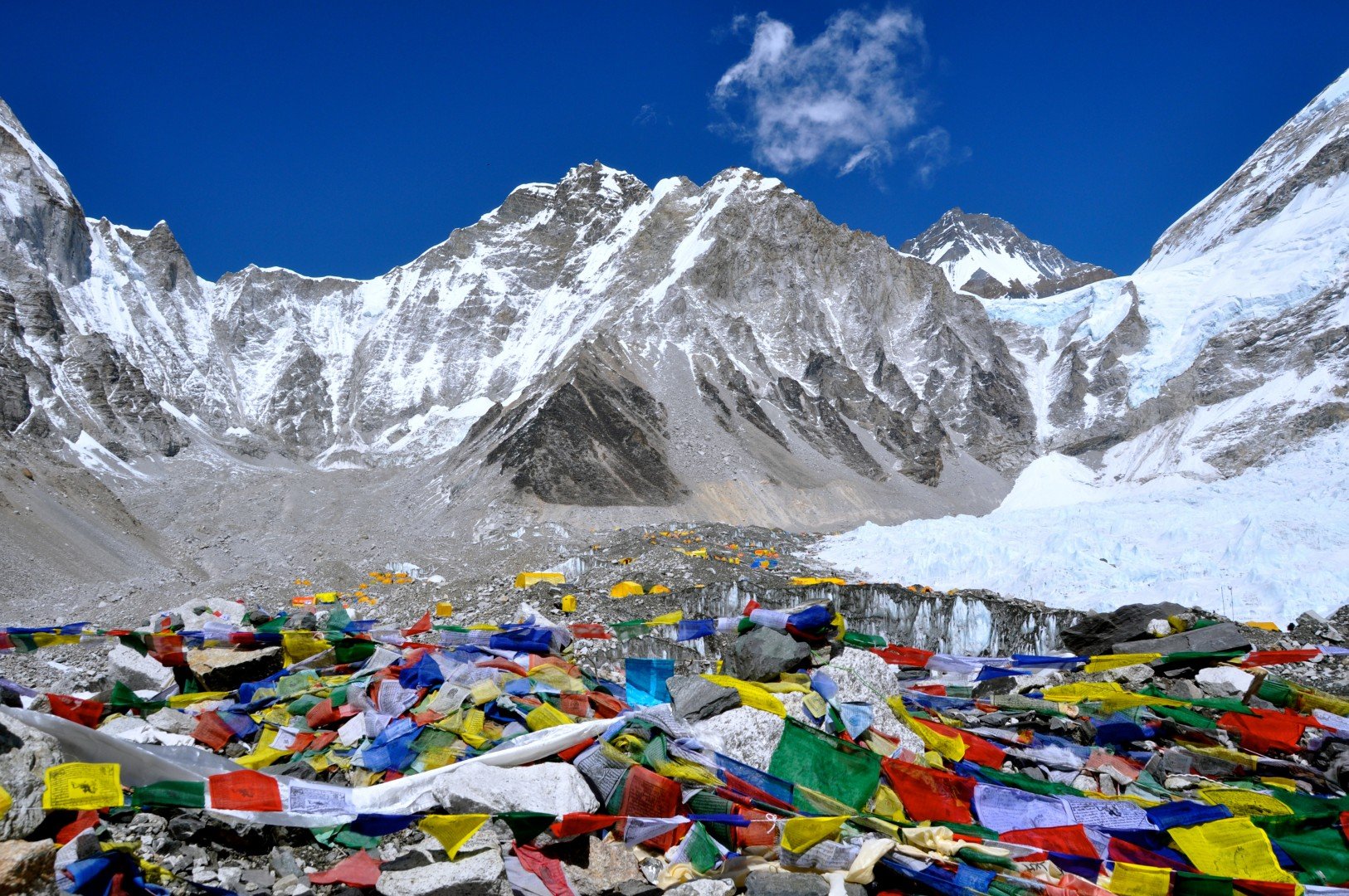
Mount Everest, the undisputed titan of the Earth’s mountain ranges, has captivated human imagination for centuries. Its allure isn’t just its towering height, but the profound sense of accomplishment and awe that comes with standing at its formidable base. Visiting Everest Base Camp (EBC) is more than just a trek; it’s a pilgrimage to the edge of the world, a journey through breathtaking landscapes, vibrant cultures, and a testament to human resilience. This comprehensive guide will equip you with everything you need to know to embark on this unforgettable adventure.
A Storied Past: The History of Everest Base Camp
The story of Everest Base Camp is intrinsically linked to the dream of conquering the world’s highest peak. For centuries, the Sherpa people, indigenous inhabitants of the Everest region, revered Chomolungma (meaning "Goddess Mother of the World") as a sacred site, rarely venturing to its summit.
Related Articles about The Roof of the World Beckons: A Comprehensive Guide to Visiting Mount Everest Base Camp:
- Into the Wild Heart of Africa: Your Ultimate Guide to Experiencing Kruger National Park
- Ascending to the Roof of the World: Unveiling the Secrets of Mount Everest Base Camp
- Unveiling the Ancient Wonders: A Comprehensive Travel Guide to Jordan
- Reykjavik: A Guide to Iceland’s Vibrant Capital
- Finland: A Traveler’s Guide to the Land of a Thousand Lakes and Endless Wonders
The modern history of EBC began in the early 20th century with early British expeditions. The first attempts to summit Everest were launched in the 1920s, with George Mallory famously disappearing during the 1924 expedition, his fate a lingering mystery. These early expeditions established rudimentary base camps, serving as vital staging points for climbers.
The 1953 expedition, led by Sir John Hunt, marked a monumental achievement: Sir Edmund Hillary of New Zealand and Tenzing Norgay, a Nepali Sherpa, became the first to successfully summit Everest. Their triumph ignited global fascination and cemented EBC’s status as the gateway to the ultimate mountaineering challenge.
Over the decades, EBC has evolved from a temporary expedition camp to a more established, albeit still rugged, settlement during the climbing seasons. It has witnessed countless tales of triumph and tragedy, becoming a symbol of human endeavor and the indomitable spirit of exploration.
Beyond the Summit: Main Attractions of the EBC Trek
While the ultimate goal is to reach EBC and gaze upon the magnificent Khumbu Icefall and the formidable South Face of Everest, the journey itself is replete with stunning attractions that make the trek an experience of a lifetime:
-
Namche Bazaar: The Sherpa Capital: This bustling market town, perched precariously on a mountainside, is the vibrant heart of the Khumbu region. It’s a UNESCO World Heritage Site and a cultural hub where trekkers acclimatize, resupply, and soak in the unique Sherpa way of life. Explore its prayer flags, monasteries, and enjoy panoramic views.
-
Tengboche Monastery: Perched at an altitude of 3,860 meters, Tengboche is one of the most important Buddhist monasteries in the Khumbu. The sight of monks chanting amidst the towering Himalayas is a profoundly spiritual experience. The monastery offers breathtaking views of Ama Dablam and Everest.
-
Ama Dablam: Often referred to as the "Matterhorn of the Himalayas," Ama Dablam is a visually stunning peak renowned for its distinctive shape. Its beauty is a constant companion throughout the trek, offering countless photographic opportunities.
-
Khumbu Icefall: This treacherous and dynamic glacier, located just above EBC, is a formidable obstacle for climbers. Witnessing its imposing presence from a safe vantage point offers a stark reminder of the raw power of nature and the challenges faced by mountaineers.
-
Gorak Shep: This small settlement, now largely a staging point for EBC, was the original base camp in the early days. Today, it’s the last village before EBC and offers basic accommodation.
-
Kala Patthar: While not technically an attraction of EBC itself, a hike to the summit of Kala Patthar (5,643 meters) is an essential part of most EBC treks. From its peak, you are rewarded with the most iconic and unobstructed panoramic views of Mount Everest, Lhotse, Nuptse, and other surrounding giants, especially at sunrise or sunset.
-
The Sagarmatha National Park: This UNESCO World Heritage Site is a sanctuary of unique flora and fauna. Keep an eye out for elusive snow leopards, Himalayan tahr, and a variety of bird species, including the colorful impeyan pheasant.
Navigating the Himalayas: Essential Travel Tips
Embarking on the EBC trek requires careful planning and preparation. Here are some crucial travel tips to ensure a safe and enjoyable journey:
-
Acclimatization is Key: Altitude sickness (Acute Mountain Sickness – AMS) is a serious concern. Ascend gradually, take rest days as recommended by your guide, and stay hydrated. Symptoms include headache, nausea, dizziness, and fatigue. If symptoms worsen, descend immediately.
-
Physical Fitness: The trek is physically demanding, involving long days of walking at high altitudes. Engage in regular cardiovascular exercise and strength training for at least 3-6 months prior to your trip.
-
Choose the Right Trekking Season: The best times to visit are during the spring (March-May) and autumn (September-November). These seasons offer clear skies, moderate temperatures, and the best visibility. Avoid the monsoon season (June-August) due to heavy rainfall and the winter months (December-February) due to extreme cold and potential snowstorms.
-
Hire a Reputable Guide and Porter: Trekking with experienced local guides and porters is highly recommended. They possess invaluable knowledge of the terrain, weather patterns, and cultural nuances. They also ensure your safety and can assist with logistics.
-
Pack Appropriately: Layering is crucial. Pack warm clothing, including thermal base layers, fleece jackets, a down jacket, waterproof and windproof outer shells, sturdy hiking boots, warm socks, gloves, and a hat. Don’t forget sunscreen, sunglasses, a headlamp, and a reusable water bottle.
-
Stay Hydrated and Eat Well: Drink plenty of water (at least 3-4 liters per day) to combat altitude sickness. Eat nutritious meals provided by teahouses. Avoid alcohol and smoking, as they can exacerbate altitude-related issues.
-
Travel Insurance: Ensure you have comprehensive travel insurance that covers high-altitude trekking and emergency medical evacuation.
-
Respect Local Culture: The Khumbu region is home to the Sherpa people, who have a rich Buddhist culture. Dress modestly, be polite, and ask for permission before taking photographs of people. Learn a few basic Nepali phrases; it will be greatly appreciated.
-
Leave No Trace: Pack out everything you pack in. Minimize your environmental impact by using reusable water bottles, avoiding single-use plastics, and disposing of waste responsibly.
When to Answer the Call of the Mountains: Best Time to Visit
The timing of your EBC trek significantly impacts your experience. The two prime seasons offer distinct advantages:
-
Spring (March to May): This is arguably the most popular time to visit. The weather is generally stable, with pleasant temperatures during the day and colder nights. Rhododendrons bloom, painting the lower hillsides with vibrant colors. Visibility is excellent, and it’s the start of the climbing season, so you’ll see more activity at EBC.
-
Autumn (September to November): Another excellent window, autumn offers crisp, clear skies and excellent mountain views. The temperatures are cooler than in spring, especially at higher altitudes, and the skies are typically free of clouds. This season is also popular for trekking.
Shoulder Seasons:
- Early March: Still chilly, but the snow is starting to melt, and the landscapes begin to awaken.
- Late November: The temperatures start to drop significantly, but early winter offers a quieter experience with good visibility.
Times to Avoid:
- Monsoon Season (June to August): Heavy rainfall, landslides, and poor visibility make trekking difficult and potentially dangerous.
- Winter (December to February): Extreme cold, heavy snowfall, and limited accessibility make this period challenging for most trekkers.
A Home in the Himalayas: Nearby Hotels and Teahouses
Accommodation along the EBC trek primarily consists of teahouses. These are guesthouses offering basic but comfortable rooms, communal dining areas, and often stunning mountain views. They are an integral part of the trekking experience, providing a warm place to rest, refuel, and connect with fellow travelers.
Key Locations and Accommodation Types:
- Lukla: The starting point of the trek. You’ll find a range of lodges and guesthouses offering comfortable stays before or after your trek.
- Namche Bazaar: As the largest settlement, Namche offers the widest variety of accommodation, from basic teahouses to more comfortable lodges with en-suite bathrooms and better amenities.
- Phakding, Monjo, Dole, Machhermo, Gokyo: As you ascend, the teahouses become more basic but still provide essential services.
- Dingboche: A popular acclimatization stop, Dingboche has a good selection of teahouses.
- Lobuche and Gorak Shep: These villages offer the most basic accommodation, as they are primarily for trekkers on their final push to EBC.
Important Notes on Teahouses:
- Book in Advance (especially during peak season): While not always strictly necessary, booking your first and last night’s accommodation in Lukla and Namche in advance is advisable, especially during peak seasons.
- Expect Basic Amenities: Rooms are typically simple with twin beds, a blanket, and a pillow. You’ll likely need to bring your own sleeping bag for extra warmth and comfort.
- Shared Bathrooms: Most teahouses have shared bathrooms with squat toilets. Hot showers are often available but may come at an extra charge and can be inconsistent at higher altitudes.
- Dining Areas: Communal dining rooms are where you’ll eat and socialize. They are usually heated by a stove, providing a welcome warmth after a day of trekking.
A Taste of the Mountains: Local Food
The culinary experience on the EBC trek is an adventure in itself. The staple dish you’ll encounter in teahouses is Dal Bhat Tarkari, a nutritious and filling meal consisting of lentil soup (dal), steamed rice (bhat), and vegetable curry (tarkari). It’s a good source of carbohydrates and energy for trekking.
Beyond Dal Bhat, you can expect a variety of other dishes:
- Momos: Delicious Tibetan dumplings, often filled with vegetables or meat, are a popular snack or appetizer.
- Thukpa: A hearty noodle soup, perfect for warming up on colder days.
- Chow Mein: Stir-fried noodles with vegetables and sometimes meat.
- Chapati/Roti: Flatbreads, often served with curries or as a side.
- Porridge/Oatmeal: A common breakfast option.
- Eggs: Available in various preparations for breakfast.
- Snacks: Biscuits, chocolate bars, nuts, and dried fruits are readily available for purchase in teahouses and shops along the trail.
Drinks:
- Tea: Black tea, milk tea, and lemon tea are ubiquitous.
- Coffee: Instant coffee is usually available.
- Bottled Water: While convenient, it contributes to plastic waste. Consider bringing a water filter or purification tablets.
- Hot Chocolate/Soup: Excellent for staying warm.
Important Considerations:
- Hygiene: While teahouses generally maintain good hygiene, be mindful of food preparation and drink boiled or purified water.
- Cost: Food prices increase with altitude.
- Dietary Restrictions: Inform your guide and teahouse owners about any dietary restrictions or allergies.
The Journey to the Sky: Transportation Options
Getting to Mount Everest Base Camp is a multi-stage journey, involving flights and trekking.
-
International Flight to Kathmandu, Nepal: Your journey begins with an international flight to Tribhuvan International Airport (KTM) in Kathmandu, the capital of Nepal.
-
Domestic Flight to Lukla: From Kathmandu, you’ll take a thrilling domestic flight to Lukla Airport (Tenzing-Hillary Airport). This is one of the most iconic and adventurous short flights in the world, as Lukla’s runway is built on a steep mountainside. Flights can be subject to weather delays, so factor in buffer days.
-
The Trek: From Lukla, the journey to Everest Base Camp is undertaken on foot. The standard EBC trek typically takes 12-14 days (round trip), including acclimatization days. The route follows the Dudh Kosi River valley, passing through charming Sherpa villages and ascending through rhododendron forests.
Alternative Transportation (Less Common for EBC Trek):
- Helicopter Tours: For those with limited time or physical limitations, helicopter tours can offer a scenic aerial view of Everest and the surrounding Himalayas. However, this does not involve reaching EBC itself on foot.
Transportation within Kathmandu:
- Taxis: Readily available for getting around the city. Negotiate fares before starting your journey or opt for metered taxis.
- Ride-sharing Apps: Popular ride-sharing apps are available in Kathmandu.
- Walking: Many attractions in Kathmandu are within walking distance of each other, especially in areas like Thamel.
Getting to the Airport:
- Taxis and Ride-sharing: The most common way to reach the airport from your hotel.
- Airport Shuttle Services: Some hotels offer shuttle services.
Visiting Mount Everest Base Camp is an expedition that will challenge you, inspire you, and leave you with memories that will last a lifetime. By understanding its history, planning your trip meticulously, and embracing the journey with an open heart, you can truly experience the magic of the Roof of the World.

